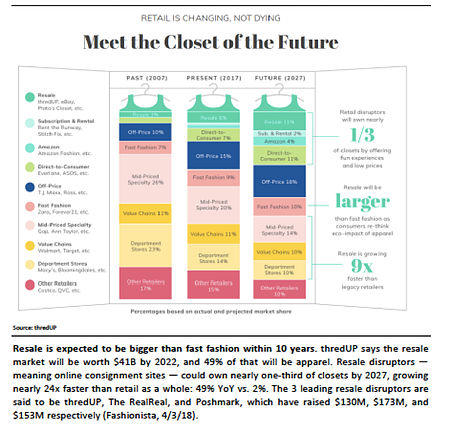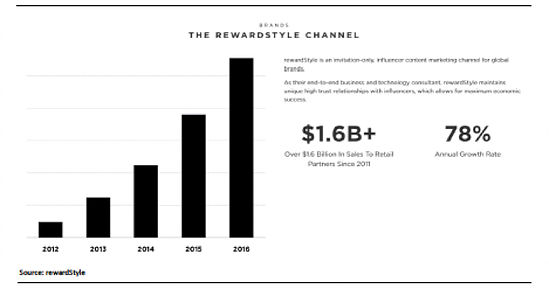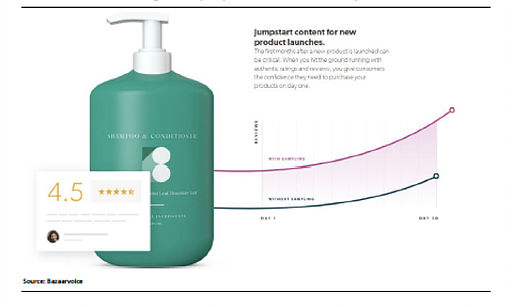In retail, price no longer trumps all. And this holds especially true with Millennials.
According to Nielsen, 73% of Millennial consumers are willing to pay more for sustainable products. What’s more, according to Deloitte’s 2016 Millennial Survey, 73% think businesses should have a positive impact on society and a massive 87% believe business success shouldn’t be measured by financial performance alone.
This new breed of consumer has led to the emergence of socially conscious brands. If the old guard is to compete, they’ll have to become more transparent. This will involve not only proving their products have an ethical origin, but also breaking down production costs and markups.
From sale to resale. Millennials typically discard items after 1 to 5 wears. But they’re also 77% more likely to buy from environmentally conscious brands and switch to thrift for environmental reasons. Capitalizing on this contradiction, sharing platforms and resale sites have seen explosive growth — 49% compared to 2% overall growth in the apparel category.
Over the next 10 years, the sector is expected to keep growing from strength to strength. It’ll be worth $41 billion by 2022, with 49% of that being apparel. By 2027, apparel resale sites will have grown 24 times faster than the retail sector as a whole, owning almost one third of US closets.
Exhibit 81: Direct to consumer is expected to account for 1/3 of clothing purchases

The way products are marketed will have to change too. With consumer losing trust in big retailers due to their lack of transparency, influences, peer reviews and social media have been emerging as a more reliable and trustworthy source of recommendations. By 2025, they'll be a fundamental marketing channel for most retailers.
On Instagram, the #ootd (outfit of the day) hashtag has approximately 180 million posts. And LIKEtoKNOW.it - one of the more prominent apps influencers use to monetize posts - sends over 20 million monthly emails linking back to products and has facilitated over $1.8 billion sales since its launch in 2011, which implies a 78% annual growth rate.
Exhbit 87: rewardStyle facilitated sales

Exhibit 88: Peer reviews significantly help sales of new brands and products

Collective Action: Up close
The future will be determined by those who are willing to reinvest, adapt and turn future threats into opportunities.